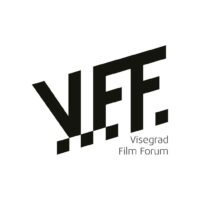José Luis Alcaine
The light is never false
José Luis Alcaine is one of Spain’s most distinguished cinematographers who has over 100 film credits, including Belle Époque (Academy Award for Best Foreign Language Film, 1993), Bad Education (2004) or Parallel Mothers (2021). He was a pioneer in the use a fluorescent tube as key lighting in the 1970s. He collaborated with important directors such as Brian de Palma, Asghar Farhadi and Pedro Almodóvar. He got numerous awards including European Film Award – Best European Cinematographer for the film Volver and five Goya Awards for best cinematography.
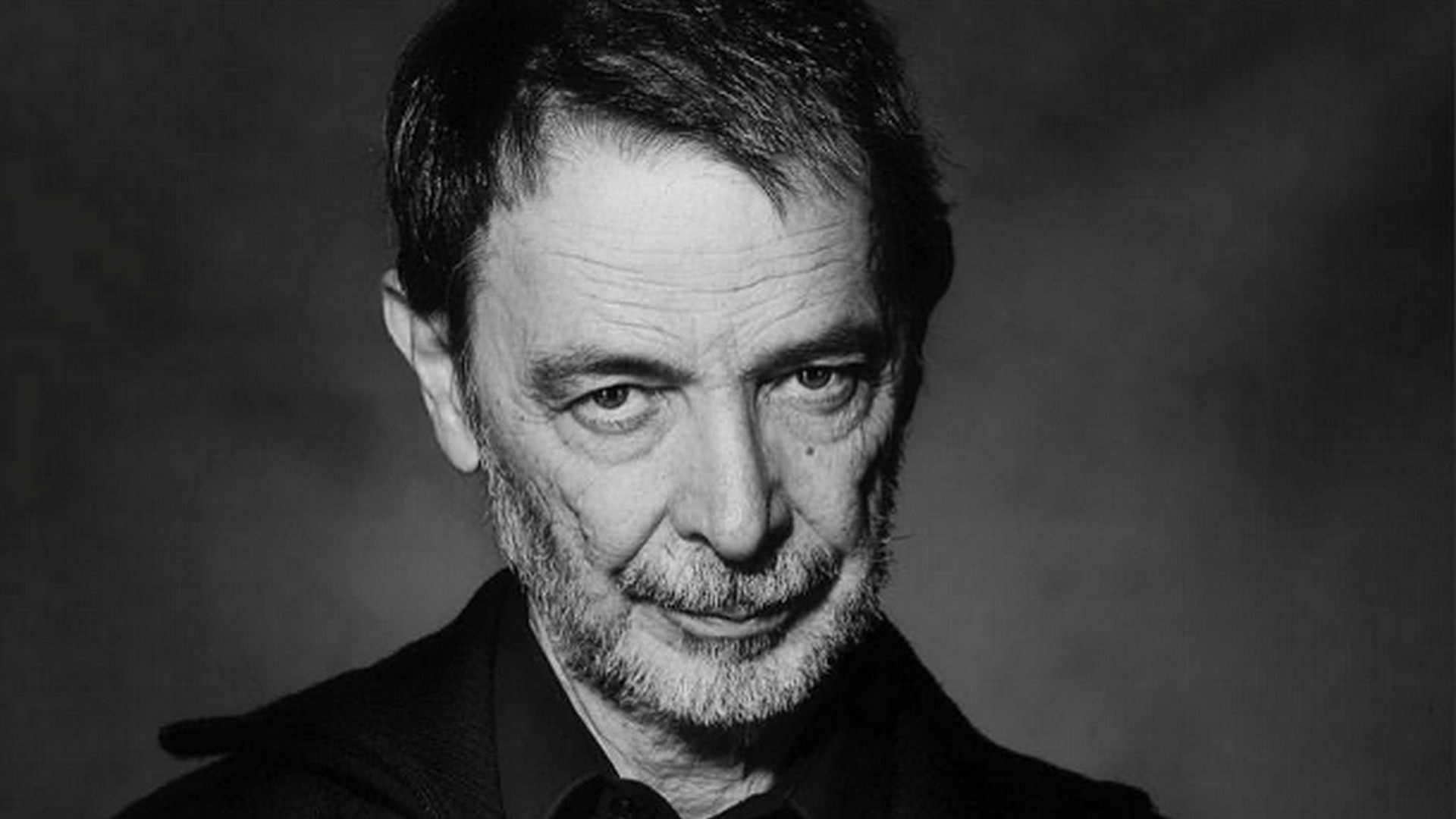
José Luis Alcaine was born in Tetouan in 1938 and began his professional career in a photographic laboratory in his hometown. In 1962, he enrolled at the Escuela Oficial de Cinematografía in Madrid, graduating in 1966. In the same year, he began collaborating on short films by young directors emerging from this school. In his film career, which spans over half a century, José Luis Alcaine has always been willing to explore new technologies and lighting techniques to create unique cinematography that is grounded in his intuition and his sense of the unexpected. Just as he was the first to use fluorescent tubes as key lights in the 1970s, he has welcomed DMG Lumière LED fixtures onto his sets – this includes the innovative, six-chip, color-mixing, MIX LED technology.
My first step, no matter the film, is to carefully read the script and for each scene, to make a note of the time of day at which I imagine that scene takes place. Stage directions to that effect in the screenplay are nonsensical to me. Why limit ourselves to those four variants : int day int night / ext day ext night ? If you’re going to give indications, shouldn’t you more precisely indicate the time of day ? So, once I’ve done that job of picking apart the time, I move forward by discovering the sets and I gradually build the lighting of the film by adapting it to each scene, each set, and each hour of the day during which the story takes place.
José Luis Alcaine has worked with Pedro Almodóvar since 1988’s Women on the Verge of a Nervous Breakdown. “We have had our arguments over the years,” he says, with discretion. The two fell out during the filming of Tie Me Up! Tie Me Down! (1989) two years after Women on the Verge… and didn’t work together until Bad Education, which was released in 2004.
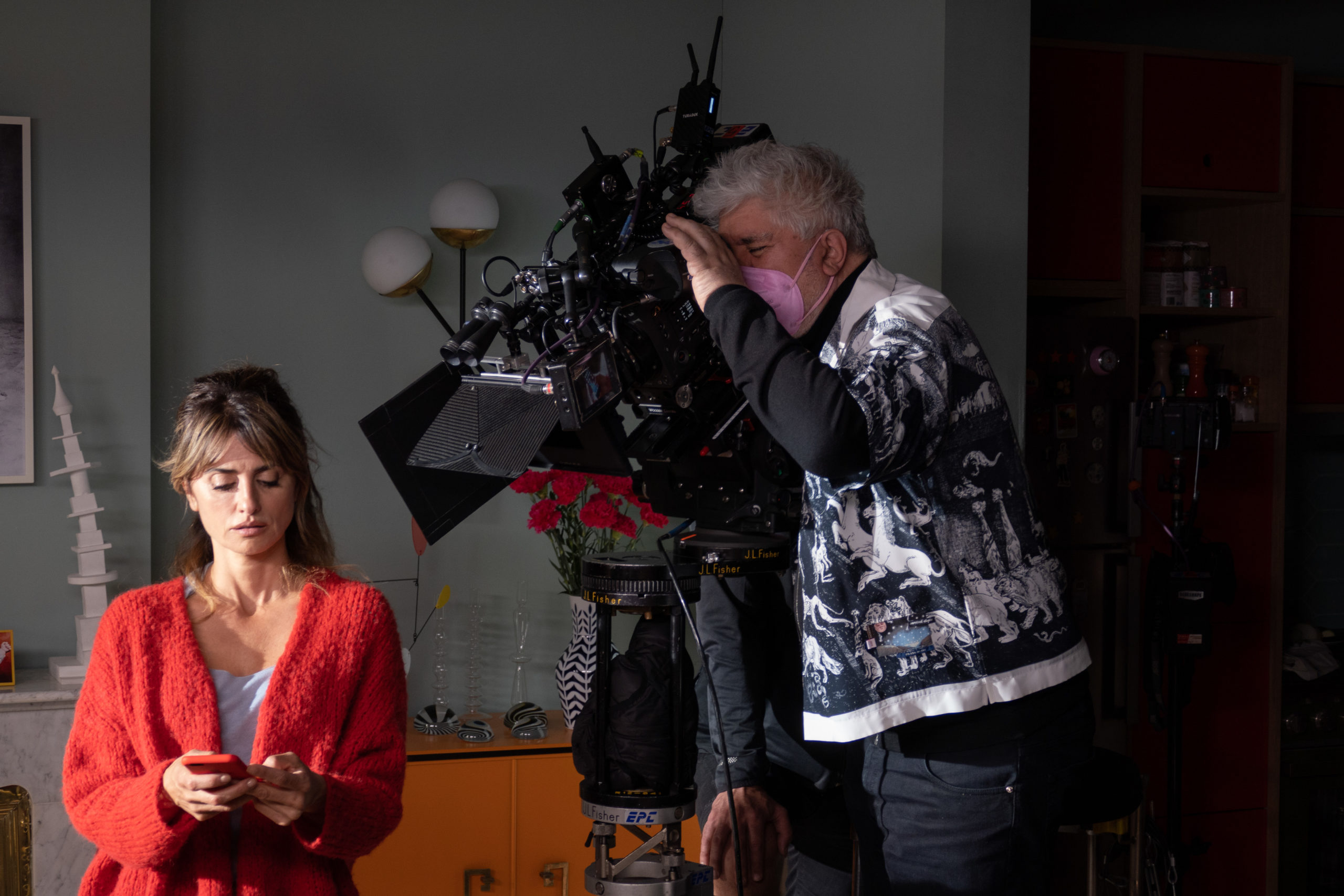
Alcaine has been instrumental in defining the original look of Spanish cinema starting in the early 1980s alongside such directors as Victor Erice, Fernando Trueba, and Vicente Aranda. He made a dozen films with Aranda, including steamy Franco-era-set noir “Lovers” (1991). In 1992 shot the film Jamón Jamón by Bigas Luna. The film won Silver Lion in Venice Film Festival.
In 1993 he cooperated with Fernando Trueba on a film Belle Époque. Consisting of a fable-like story, primarily displaying a warm tone, and set in an idyllic countryside location during the transition to the Second Spanish Republic, received the Goya Award for Best Film along with eight other Goya Awards (including Best Cinematography) and was named Best Foreign Language Film at the 66th Academy Awards.
In 2004 Alcaine and Almodóvar started to work together. A Spanish drama film Bad Education focuses on two reunited childhood friends and lovers caught up in a stylized murder mystery. The metafictional film uses a deeply nested narrative plot structure to explore themes of transsexuality, drug use, rape, and sexual abuse by Catholic priests. The film was nominated for BAFTA Awards as Bast Film not in English Language. Alcaine has earned a reputation as the man directors call when they want their leading lady to look her best. “They know that I am going to make them look good, and the public still wants to see a beautiful film star look beautiful on the big screen. In Volver, the whole thing was about Penélope Cruz; we wanted a Sofia Loren look, kind of 1960s, and the two elements came together in The Skin I Live In. Elena Anaya looks absolutely gorgeous.” After Volver (2006), the collaboration between Alcaine and Almodóvar continues with the films such as The Skin I Live In (2011), Pain and Glory (2019) or Parallel Mothers (2021).
Pedro is not like other directors. We don’t prepare the way you would with normal movies—with animatics, storyboards, lots of rehearsal. He’s very concerned about the art design, the production design, the costumes, above all the faces of the actors.
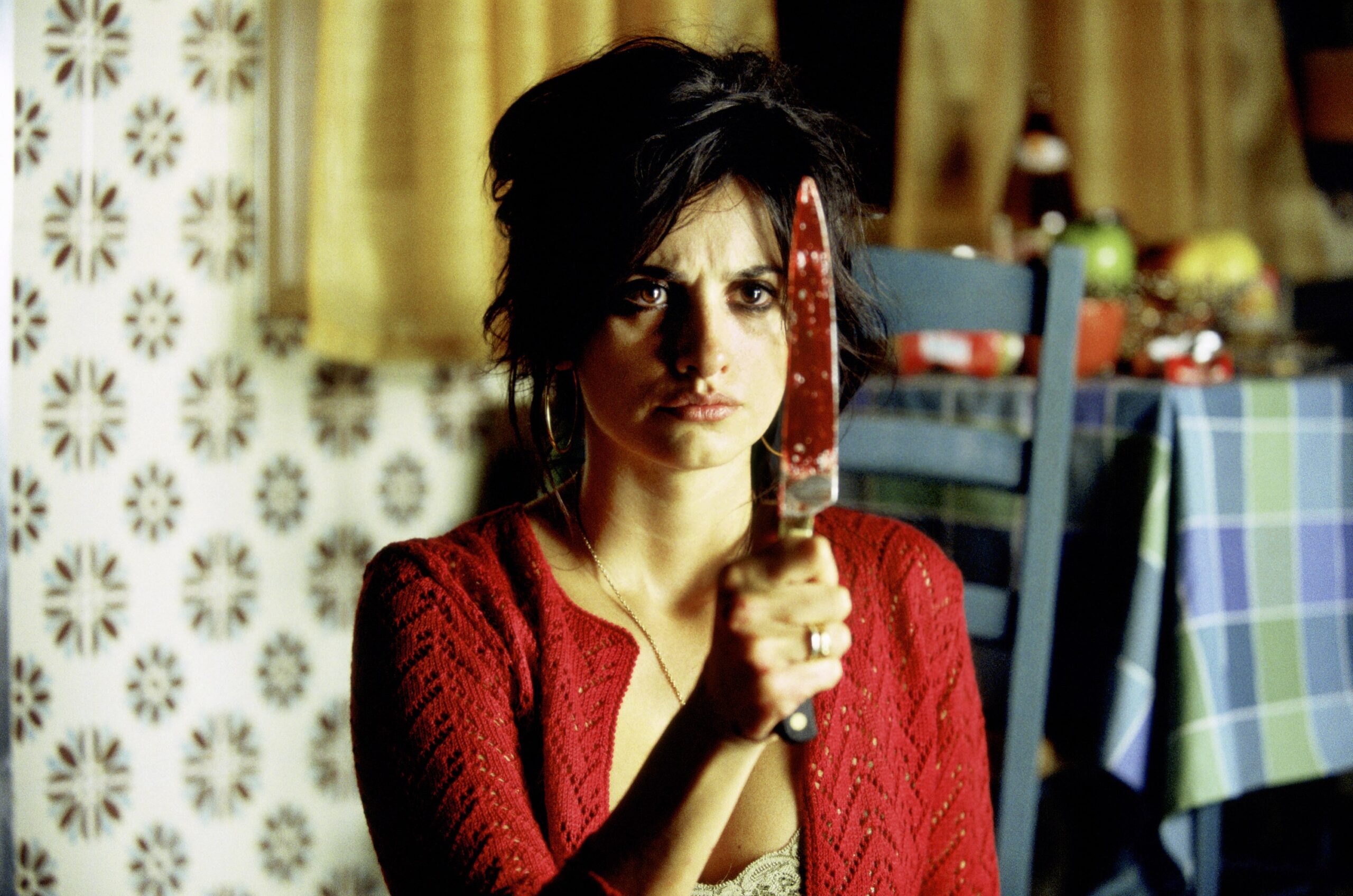
José Luis Alcaine cooperated with the director Brian de Palma 3 times in total. Their last collaboration was crime thriller film Domino (2019). It tells the story of a Danish police officer who is seeking justice for the murder of his partner by a vengeful man, hampered by the fact that his target is a CIA informant.
“I don’t like movies in which everything is blue, or grey, or green. To begin with, it doesn’t do justice to real life. Domino is not governed by a single tone. I try to avoid it in photography because it makes the film fall into monotony. I like to introduce many changes in a single work; reflect the difference between midday light and nightlight.”
In 2017 José Luis Alcaine received Locarno Vision Award. “Film is not just storytelling, but first and foremost a gaze on the world, and that world sees the light thanks to artists like Alcaine, who can impress upon film – and now on digital formats – both the tints and shadows of human skin and the extraordinary work of actors and art designers,” Locarno artistic director Carlo Chatrian said in a statement.
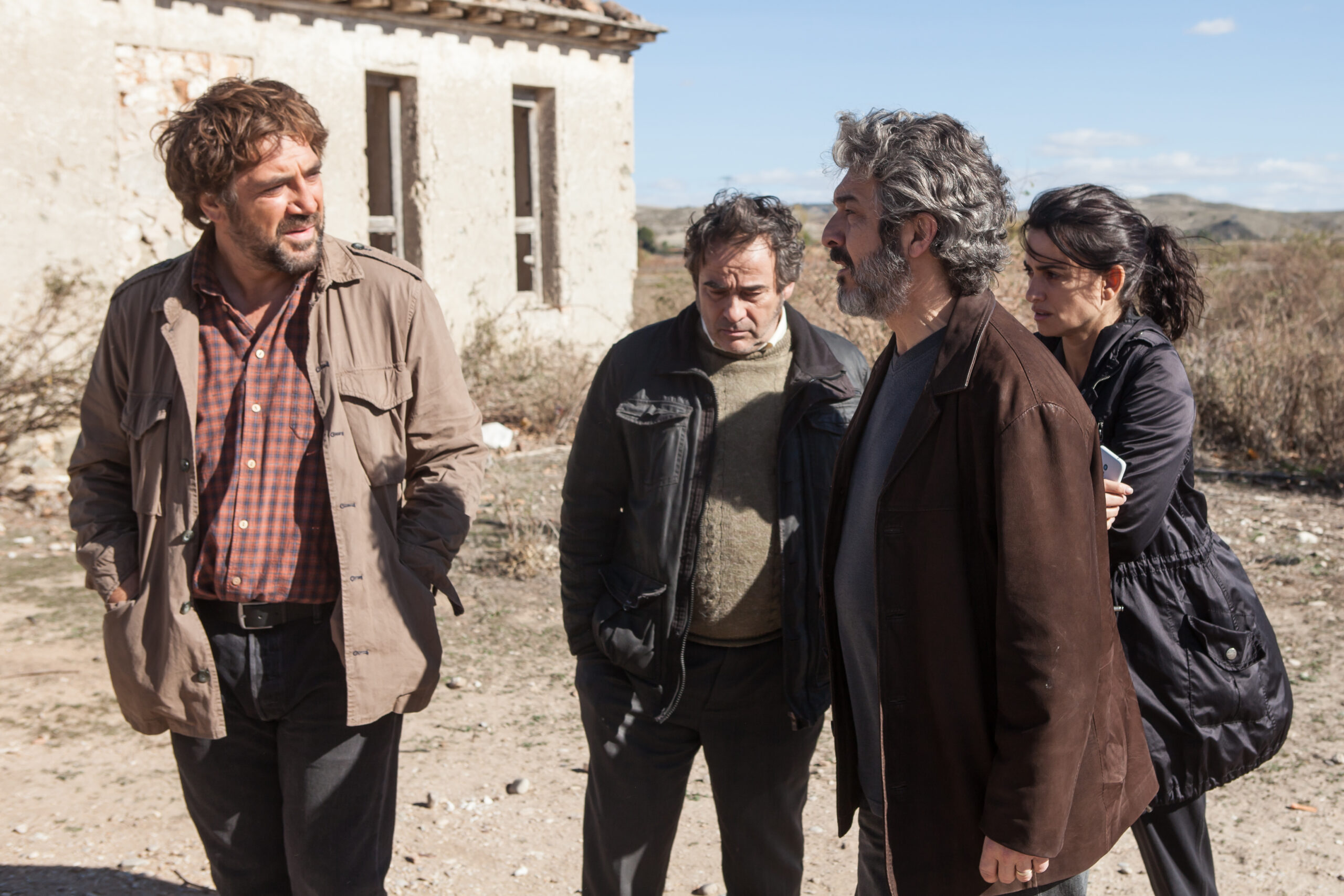
José Luis Alcaine collaborated with Iranian filmmaker Asghar Farhadi on a film Everybody Knows (2018) Spanish-language mystery/crime drama film was selected to open the Cannes Film Festival in competition.
Alcaine is a corresponding member of the Academia de Bellas Artes de San Fernando. In February 2019, he received the Medalla de Oro al Mérito en las Bellas Artes. His immense cinematographic work was awarded five Goya awards for best cinematography out of a total of eighteen nominations.
